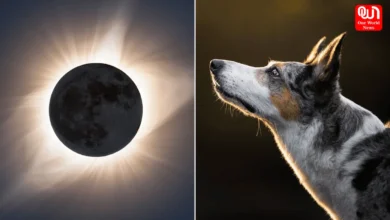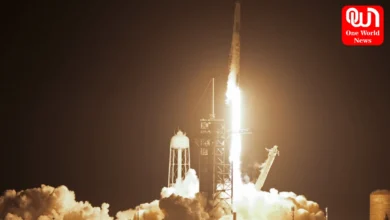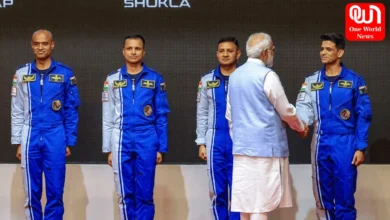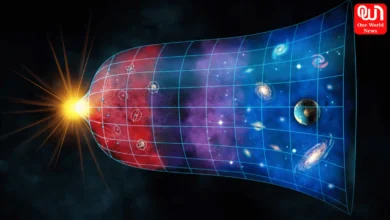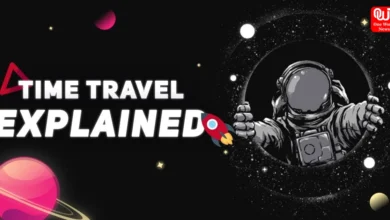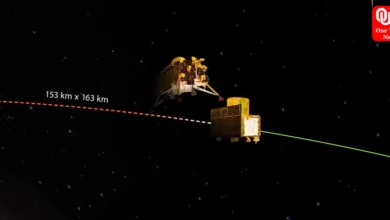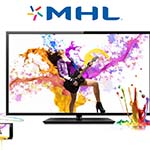
MHL Technology: Easy viewing experience to comfort you
MHL technology allows you to connect your smartphone, tablet, or other mobile device to TVs, monitors, projectors, in-dash automotive displays, audio-video receivers (AVRs) and a rapidly expanding ecosystem of other products.
The technology was developed by Silicon Image (a Lattice Semiconductor Company) along with Nokia, Samsung, Sony, and Toshiba.MHL delivers up to 8K 120fps for tomorrow’s home theater products and 4K 60fps and beyond for mobile devices. MHL also delivers immersive soundthrough its support of audio formats such as Dolby Atmos®, Dolby TrueHD, DTS:X and DTS-HD. In conversation with Vipin Sawhney, India Country Manager, Silicon Image, let us understand more about MHL and its future:
What do you think will be the future of MHL and what kind of innovative applications can we look forward to?
Nokia, Samsung, Silicon Image (a Lattice Semiconductor Company), Sony, and Toshiba are Promoters of the MHL Consortium and innovators in the mobile and CE space. The goal of each released specification is to deliver a set of leading-edge features that enable companies to future-proof their designs and forecast the needs of consumers. Here are some growing or potential use cases:

• Automobiles – Connecting your phone to an infotainment unit or backseat display to access GPS, music and other apps
• Education – Connecting your phone to a projector instead of an expensive laptop to display classwork, lessons, and more.
• Medical – Carrying around an MHL device that will give the doctor access to patient files in secure and portable way.
• Airplanes – Potentially adding MHL inside airplanes of the future so passengers can connect their mobile devices to seatbacks to watch movies and TV programs.
• Fitness – Potentially adding MHL to elliptical trainers to charge their phones and give them access to all of their favorite mobile content while they work out.
At CES 2015, the MHL Consortium announced superMHL™, its latest technology specification. For mobile, it delivers higher resolution, faster frame rates, support for the USB Type-C connector and 40W of power charging. It also expands the capabilities of tomorrow’s living room through its support of 8K 120fps video, a consumer friendly superMHL connector, and picture enhancement features. Consumers will be able to connect their mobile devices, set-top boxes (STBs), Blu-ray Disc™ players, AVRs, streaming media sticks and other source devices to TVs and monitors. We expect this to be an industry game changer and it’ll be exciting to see the different type of superMHL products that are created.
What is your USP?
MHL can deliver audio, video, data, and power over a single connector. The MHL specification enables companies to leverage popular connectors already present on many mobile devices and displays, including USB Type-C, micro-USB and HDMI® Type A, in addition to proprietary connectors.
In addition, the superMHL specification is the first to deliver 8K 120fps video resolution. No other standard offers that today.
What are your India plans and how do you see consumer adoption of MHL in India?
We see a tremendous amount of opportunity in India. MHL technology is very relevant for consumers in India. People in India love their smartphones and understand the value that MHL technology delivers.
Many of the leading mobile phones in India have MHL including the Galaxy S5, the entire Xperia line, and the recently announced HTC M9+. In addition, leading TV brands, such as Videocon, Samsung, Sony, Toshiba and LG have MHL technology inside. In addition, multiple retail channels in India carry MHL products and accessories and they’re continuing to expand the retail footprint. As for future product launches, please contact the respective OEMs to find out more about their roadmaps for India.
When MHL released its first specification in 2011, it started with a simple idea of connecting a phone to a TV. Since then, MHL’s product ecosystem has grown to more than 750 million products and the use cases continue to expand. Products include smartphones, tablets, TVs, monitors, automobile infotainment systems, AVRs, Blu-ray Disc™ players, set top boxes (STBs) and more. A full list of MHL devices can be found here: http://www.mhltech.org/devices.aspx.

